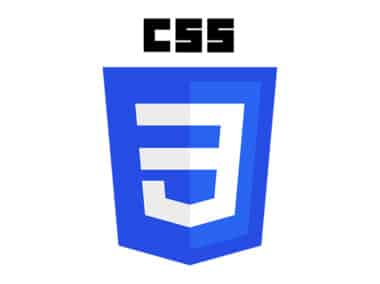Vue.js components are reusable UI elements that can be created and used throughout your application. They allow you to create a modularized structure for your application, making it easier to develop, test, and maintain your codebase. In this tutorial, we will cover the basics of creating and using Vue.js components, including data props and component lifecycle hooks.
Creating Components
Components in Vue.js are created using the Vue.component() method. This method takes two arguments: the name of the component and a configuration object that defines the component’s behavior. The name of the component should be written in kebab-case, which means using lowercase letters and hyphens to separate words.
Here’s an example of a simple component:
Vue.component('my-component', {
template: '<div>{{ message }}</div>',
data: function() {
return {
message: 'Hello, World!'
}
}
})
This component simply displays a message. The template property defines the HTML structure of the component, while the data property defines the data that will be used in the component. In this case, the component has a message data property with the value “Hello, World!”.
To use this component in your application, you can add it to your HTML like this:
<my-component></my-component>
This will render the component and display the message.
Data Props
Data props are a way to pass data from a parent component to a child component. This allows you to create reusable components that can be customized for different use cases. To define a data prop, you can add a props property to the configuration object of your component. The props property should be an array of strings, where each string is the name of a data prop that the component expects to receive.
Here’s an example:
Vue.component('my-component', {
template: '<div>{{ message }}</div>',
props: ['message']
})
Now, when you use this component in your HTML, you can pass in a message prop like this:
<my-component message="Hello, World!"></my-component>
This will render the component with the specified message.
Component Lifecycle Hooks
Component lifecycle hooks are methods that are called at different stages of a component’s lifecycle. These hooks allow you to perform actions when a component is created, mounted, updated, or destroyed. Here are some of the most commonly used lifecycle hooks:
created: Called when the component is created.mounted: Called when the component is added to the DOM.updated: Called when the component is updated.destroyed: Called when the component is destroyed.
Here’s an example of a component that uses the mounted lifecycle hook:
Vue.component('my-component', {
template: '<div>{{ message }}</div>',
data: function() {
return {
message: 'Hello, World!'
}
},
mounted: function() {
console.log('Component mounted!')
}
})
This component will log a message to the console when it is added to the DOM.
Conclusion
Vue.js components are a powerful way to create reusable UI elements in your application. By using data props and lifecycle hooks, you can create components that are customizable and responsive to user interactions. Components make it easier to develop and maintain your codebase, and they encourage a modularized structure for your application. Happy coding!




